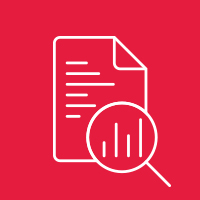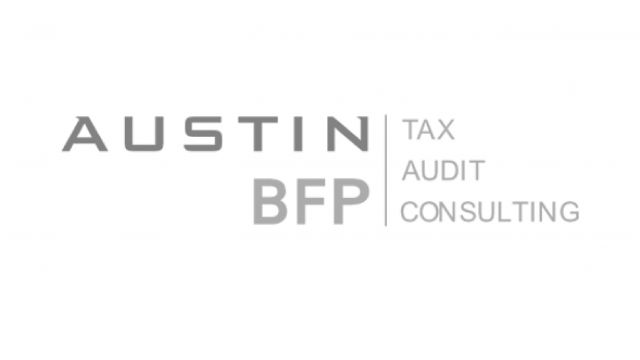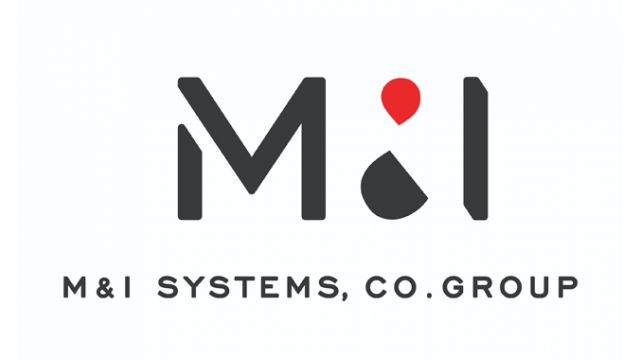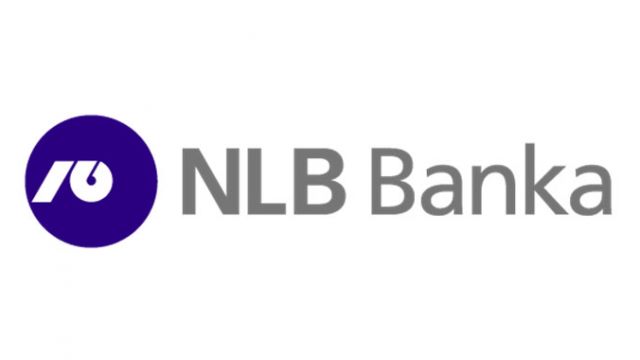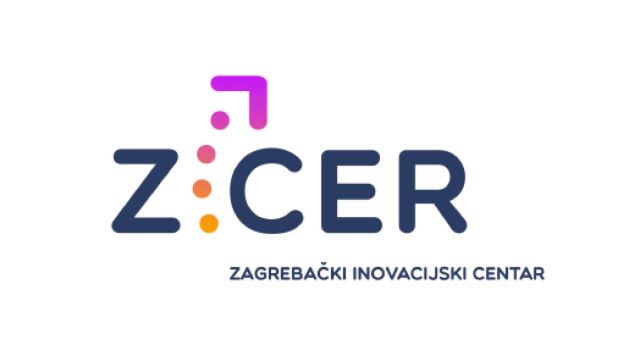ROBOTIC PROCESS AUTOMATION (RPA) BRINGS THE FUTURE TO THE PRESENT
Every day, employees perform hundreds of business tasks and processes that require accuracy and speed, but do not necessarily require decision-making. These activities tend to be prone to errors and are a source of frustration for employees. Robotic business automation increases profitability, while simultaneously improving the accuracy of your organization’s business. Designed to work on a wide range of repetitive tasks, software robots interpret, perform activities independently, and communicate with other systems, just like people. A robot never sleeps and makes no mistakes. Employees are free from frustrating activities and can focus on key activities within the organization. Software robots are easily trained and integrated into any system. They are constantly reporting on their progress, thereby increasing operational and business predictability.
The most suitable processes for RPA have a lot of structured data transactions with a relatively static processing path, which does not change often and has firm business rules. RPA tools give the best results when working directly with data and applications.
Financial services and banking
Data verification, data migration between banking applications, user account management, report creation, value comparison, filling out of forms, processing financial requirements, updating loan data.
Technology / software
The testing of hardware and software for functional, high-quality and mobile performance.
Telecommunications
The collection and consolidation of data from clients’ phone systems, backing up of data from clients’ systems, data transmission, the extraction of information about competitor prices, information about telephone production, etc.
Production
ERP automation, logistical data automation, data tracking, and the comparison of product prices.
Public Administration
Filling in and verification of forms, the integration of inherited systems with newer systems, and the automation of daily reports.
Healthcare
The migration and processing of patient data, reporting for physicians, the processing of medical records, the automation of insurance data and processing of requests, launching email from medical collection systems, requesting the status and automation of similarities, as well as the storing of patient data.
Hospitality
Competitor price analysis, guest data processing, the verification of data, payment processing, and user account creation.
Trade
The extraction of product data from manufacturers’ web pages, the automatic updating of online inventory and product information.
The Procure-to-pay process
The automation of transaction activities related to the acquisition and routing of items, as well as ensuring a smooth flow of data between systems.
The Quote-to-cash process
The acceleration of sales processes, the automation of pricing, ordering, invoicing, and paying.
Human Resources
The automation of payroll, the management of employee benefits, and compliance reporting.
Receivables request processing
The automation of administrative and user services related to the receipt, overview, analysis, and delivery of receivables.
Financial services and banking
Data verification, data migration between banking applications, user account management, report creation, value comparison, filling out of forms, processing financial requirements, updating loan data.
Technology / software
The testing of hardware and software for functional, high-quality and mobile performance.
Telecommunications
The collection and consolidation of data from clients’ phone systems, backing up of data from clients’ systems, data transmission, the extraction of information about competitor prices, information about telephone production, etc.
Production
ERP automation, logistical data automation, data tracking, and the comparison of product prices.
Public Administration
Filling in and verification of forms, the integration of inherited systems with newer systems, and the automation of daily reports.
Healthcare
The migration and processing of patient data, reporting for physicians, the processing of medical records, the automation of insurance data and processing of requests, launching email from medical collection systems, requesting the status and automation of similarities, as well as the storing of patient data.
Hospitality
Competitor price analysis, guest data processing, the verification of data, payment processing, and user account creation.
Trade
The extraction of product data from manufacturers’ web pages, the automatic updating of online inventory and product information.
The Procure-to-pay process
The automation of transaction activities related to the acquisition and routing of items, as well as ensuring a smooth flow of data between systems.
The Quote-to-cash process
The acceleration of sales processes, the automation of pricing, ordering, invoicing, and paying.
Human Resources
The automation of payroll, the management of employee benefits, and compliance reporting.
Receivables request processing
The automation of administrative and user services related to the receipt, overview, analysis, and delivery of receivables.
What are the characteristics of RPA?
No code
No programming skills required
Visual process definition (flowchart)
No stress on existing applications and processes
Relies on existing application functionalities
Adopts the current employee mode of operation
Oriented towards business users who do need to have advanced IT knowledge
What are the benefits?
Return on investment (ROI) from 30% to 200% within 1 year
Resource optimization – automation of routine tasks makes it possible for employees to freely perform more important jobs. By focusing on making decisions and serving customers who require decisions made by people, employees become more efficient (>60% reduction of physical work)
Cost reduction – a low-cost and quick way to solve a growing number of compliance requirements and bureaucracy for which no human intervention is needed;
Increase in productivity – continuous automated process execution (24/7/365)
Risk reduction – when processes are performed smoothly, additional validations are unnecessary, which saves money and time






 ERP
ERP


